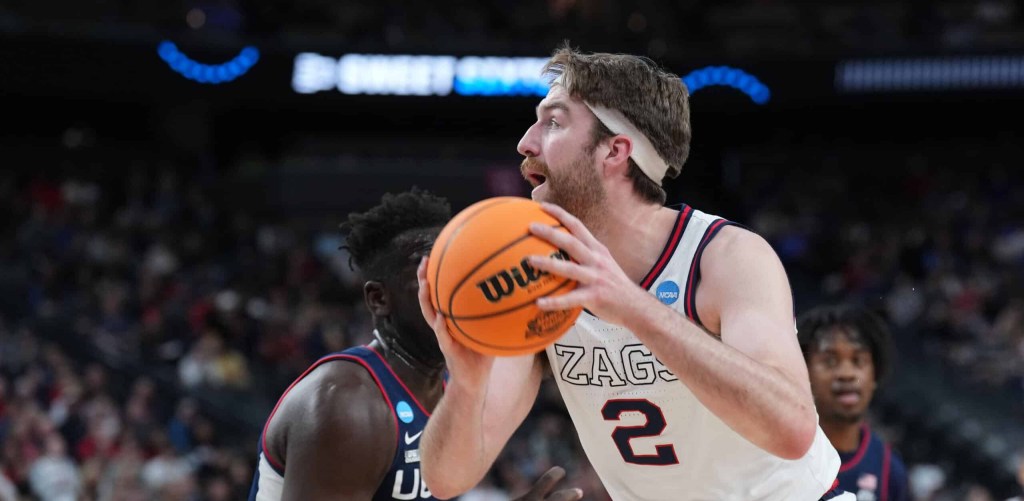Since the advent of the one-and-done rule, men’s college basketball players have struggled with the decision to leave school and enter the NBA Draft.
If a player declares and is drafted, he gets access to a professional salary. If he doesn’t, he loses NCAA eligibility and possibly a clear post-collegiate career path. Historically, players nationwide have been left high and dry pursuing income they sometimes desperately need.
But the arrival of NIL changed that. Athletes can now earn money through endorsement deals, entrepreneurial ventures, or NIL collectives while in college. Is it worth leaving campus, and a likely steady NIL income stream, for the pursuit of a contract that they may not even get?
Over the past couple of years, players like Gonzaga’s Drew Timme admitted their NIL earnings helped convince them to stay in school another year. Former Lakers star Spencer Haywood, who won a 1971 Supreme Court lawsuit against the NBA that allowed players to matriculate to the NBA straight out of high school, would have stayed longer if he had had NIL opportunities.
Today’s FOS Pro report explores why the new NIL era encourages basketball players to stay in school longer than in the past — when the only lucrative option was trying their luck in the draft.

